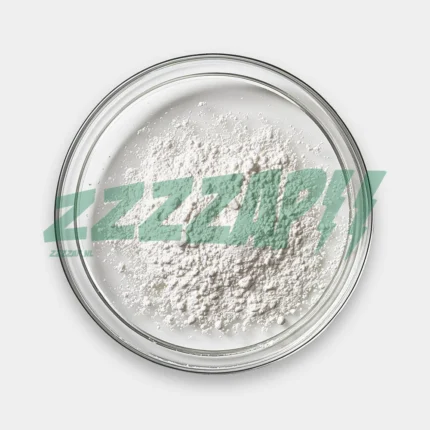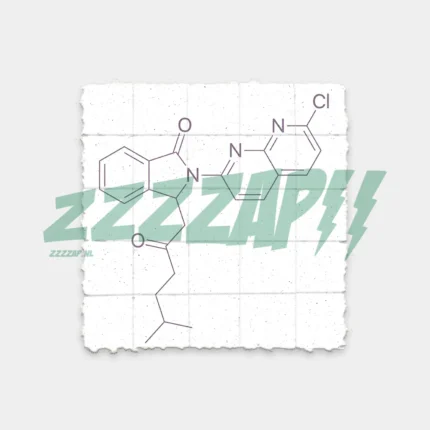Cyclopyrrolone
Cyclopyrrolone is a fascinating class of research chemicals that has long attracted the attention of scientists and researchers around the world. These compounds, with their complex structure and intriguing properties, play a crucial role in various branches of scientific research. In this in-depth exploration, we'll take a closer look at Cyclopyrrolone, from its history and chemical structure to its applications in various areas of research.
History of Cyclopyrrolone:
Cyclopyrrolone has a fascinating history dating back to the discovery and development of these compounds. Although no specific date can be attributed to the discovery of the first Cyclopyrrolone, the development of this class of compounds has continued steadily over the past decades. Cyclopyrrolone derivatives have attracted attention for their potential as neuromodulators and their role in understanding complex neurological processes.
Chemical Structure of Cyclopyrrolone:
The chemical structure of Cyclopyrrolone compounds is extremely complex and fascinating. These compounds typically contain a pyrrolone ring, to which several functional groups are linked. These functional groups can vary, and the precise structure of a Cyclopyrrolone derivative can differ from compound to compound. This diversity in the structure of Cyclopyrrolone compounds contributes to their potential as useful tools in scientific research.
Applications of Cyclopyrrolone in Scientific Research:
Cyclopyrrolone compounds are of great importance in various branches of scientific research. Here are some areas of application in which Cyclopyrrolone plays a crucial role:
Neuroscience: One of the most notable uses of Cyclopyrrolone compounds is in neuroscience. These compounds have potential as neuromodulators, meaning they can influence the action of neurotransmitters in the brain. This allows them to be used to study complex neurological processes and potentially explore new treatment options for conditions such as anxiety, depression and neurological disorders.
Pharmacology: Cyclopyrrolone compounds are extensively studied in pharmacology. Researchers are trying to understand how these compounds interact with receptors and enzymes in the body, which could lead to the development of new drugs and therapeutic approaches.
Chemical Synthesis: Cyclopyrrolone compounds are also of interest in organic chemistry. The complexity of their structure and the challenges they present in synthesis have aroused the interest of synthetic chemists who are developing new methods and strategies for the preparation of these compounds.
Molecular Biology: In molecular biology, Cyclopyrrolone compounds are used as tools to study specific biochemical processes. For example, they can be used to mark proteins and enzymes for research.
Cell Biology: In cell biology, Cyclopyrrolone compounds are used to study the interactions between cells and molecules. They can also be used to manipulate and understand cell processes.
Warning and Precautions:
Although Cyclopyrrolone compounds play an essential role in scientific research, researchers and laboratory personnel must be aware of necessary precautions. These compounds can be potentially dangerous and should be handled with proper care and attention. This includes the use of personal protective equipment, safe storage and handling procedures, and compliance with all applicable laws and regulations regarding the use of these compounds.
Conclusion:
Cyclopyrrolone is an exciting class of research chemicals that are critical to several scientific disciplines. The complex structure and intriguing properties of these compounds make them valuable tools for researchers worldwide. Understanding Cyclopyrrolone and its applications remains an ongoing area of research, and the role of these compounds in scientific research will likely continue to grow and evolve.





